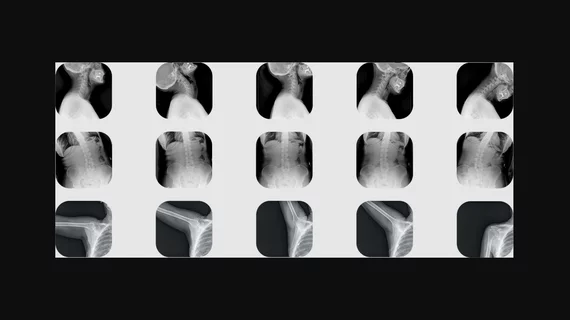FDA clears X-ray system that produces hi-rez cine loops for chiropractors
Konica Minolta Healthcare has received FDA’s go-ahead to market a dynamic digital radiography (DDR) system.
In a Sept. 15 announcement, the company says its chiropractic straight arm (CSA) product acquires multiple images, dynamic as well as static, at high speed and low dose.
The capability allows chiropractors to visualize anatomic areas of interest in motion via diagnostic quality cine loops of up to 20 seconds, Konica Minolta says.
Image acquisition is performed on a conventional DR system using a 17” x 17” field-of-view detector.
The company suggests the ability to capture and visualize the cervical spine in motion during flexion and extension with DDR, for example, “will provide additional information to chiropractors and injury lawyers when documenting whiplash injuries.”
Konica Minolta is marketing the CSA product through its 20/20 Imaging division, which it describes in the announcement as a “value-added reseller of healthcare IT and digital imaging solutions tailored for specialties such as podiatry and chiropractic medicine.”
20/20 Imaging’s president, Bob Salzman, says chiropractors have expressed “significant interest” in dynamic digital radiography. “CSA with DDR is the next generation imaging solution allowing chiropractors to examine and measure a patient’s biomechanics and musculoskeletal injury, including whiplash, and more confidently evaluate treatment follow-up,” Salzman adds.
Konica Minolta Healthcare DR marketing director Guillermo Sander, PhD, adds that DDR is the only technology of its kind available today, unique for its speed, versatility and low radiation doses.
The announcement also quotes John Sabol, PhD, clinical research manager for Konica Minolta Healthcare.
“Research and development are underway to develop artificial intelligence tools [for DDR] that will enable accurate analysis of orthopedic and musculoskeletal images,” Sabol says. “These applications will enable quantification of skeletal motion and efficient reporting.”

